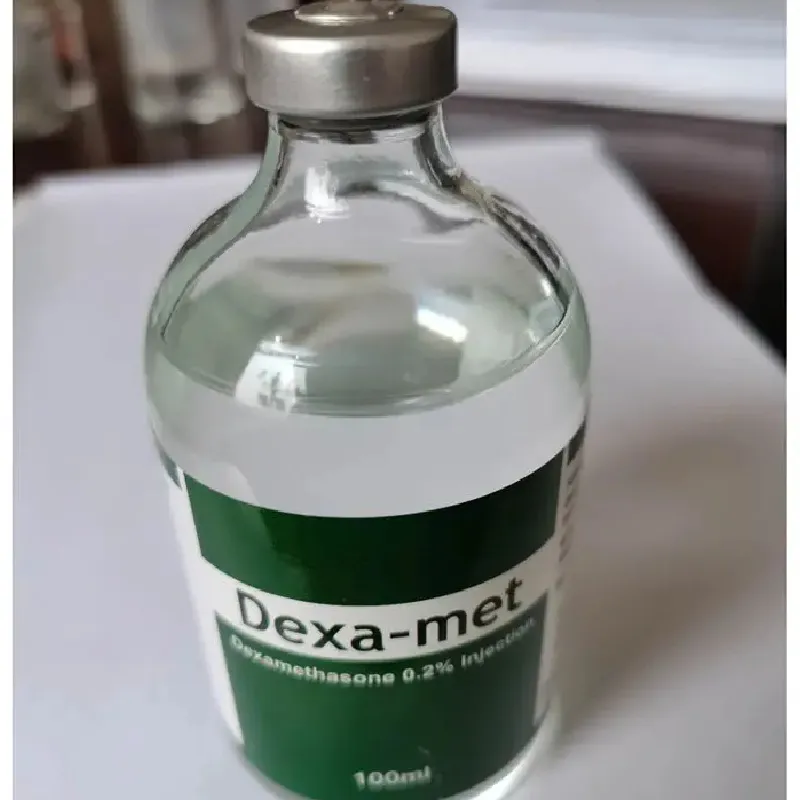- Afrikaans
- Albanian
- Amharic
- Arabic
- Armenian
- Azerbaijani
- Basque
- Belarusian
- Bengali
- Bosnian
- Bulgarian
- Catalan
- Cebuano
- Corsican
- Croatian
- Czech
- Danish
- Dutch
- English
- Esperanto
- Estonian
- Finnish
- French
- Frisian
- Galician
- Georgian
- German
- Greek
- Gujarati
- Haitian Creole
- hausa
- hawaiian
- Hebrew
- Hindi
- Miao
- Hungarian
- Icelandic
- igbo
- Indonesian
- irish
- Italian
- Japanese
- Javanese
- Kannada
- kazakh
- Khmer
- Rwandese
- Korean
- Kurdish
- Kyrgyz
- Lao
- Latin
- Latvian
- Lithuanian
- Luxembourgish
- Macedonian
- Malgashi
- Malay
- Malayalam
- Maltese
- Maori
- Marathi
- Mongolian
- Myanmar
- Nepali
- Norwegian
- Norwegian
- Occitan
- Pashto
- Persian
- Polish
- Portuguese
- Punjabi
- Romanian
- Russian
- Samoan
- Scottish Gaelic
- Serbian
- Sesotho
- Shona
- Sindhi
- Sinhala
- Slovak
- Slovenian
- Somali
- Spanish
- Sundanese
- Swahili
- Swedish
- Tagalog
- Tajik
- Tamil
- Tatar
- Telugu
- Thai
- Turkish
- Turkmen
- Ukrainian
- Urdu
- Uighur
- Uzbek
- Vietnamese
- Welsh
- Bantu
- Yiddish
- Yoruba
- Zulu
డిసెం . 04, 2024 19:09 Back to list
tylosin injection dosage
Tylosin Injection Dosage An Overview
Tylosin is a macrolide antibiotic primarily used in veterinary medicine, particularly for the treatment of respiratory, skin, and soft tissue infections in livestock and poultry. It is effective against a variety of bacteria and certain mycoplasmas, making it an important tool in managing animal health. Understanding the proper dosage of tylosin injection is crucial for ensuring efficacy, minimizing potential side effects, and promoting responsible antibiotic usage.
Indications for Tylosin Use
Tylosin is commonly prescribed for various conditions, including pneumonia, pleuropneumonia, and other bacterial infections. It is also used in conditions involving Mycoplasma species, which are notoriously resistant to many antibiotics. In veterinary practice, tylosin is often used in swine to prevent growth issues and respiratory diseases, while in poultry, it helps manage infections that can lead to significant economic losses.
Dosage Guidelines
The administration of tylosin requires careful consideration of the species being treated, the severity of the infection, and the specific formulation of the drug. Typically, the injectable form of tylosin is administered via intramuscular (IM) or subcutaneous (SC) routes.
For swine, the usual dosage for tylosin injection is around 10 to 20 mg per kilogram of body weight, administered once or twice daily, depending on the severity of the condition and the veterinarian's recommendations. In some chronic cases, the dosage may be extended for a longer period, ensuring that the infection is thoroughly treated.
tylosin injection dosage

Poultry usually receive a lower dosage, often around 5 to 10 mg per kilogram of body weight, given similarly once or twice daily. The duration of treatment can vary from a few days to several weeks based on the clinical response to the medication.
Considerations and Safety
While tylosin is generally well-tolerated, it is essential to monitor animals for any adverse reactions. Some potential side effects include gastrointestinal disturbances, such as diarrhea or loss of appetite. In rare cases, allergic reactions may occur. Therefore, it is advisable for veterinarians to conduct a thorough health evaluation before starting treatment and to inform owners of potential side effects.
Additionally, it is crucial to follow the recommended withdrawal times when using tylosin in food-producing animals. Withdrawal times vary by species and can range from a few days to several weeks, depending on the dosage and duration of treatment. Adhering to these guidelines is vital to ensure that tylosin does not enter the human food supply, maintaining food safety standards.
Conclusion
Tylosin injection can be an effective treatment option for various bacterial infections in livestock and poultry, provided that the dosage is strictly followed according to veterinary guidelines. Proper dosing not only enhances the medication’s therapeutic effectiveness but also safeguards animal welfare and public health. It is essential for veterinarians and animal producers to work closely to establish appropriate treatment plans and ensure compliance with dosage recommendations and withdrawal times. By doing so, they can help maintain the health of livestock, improve production efficiency, and mitigate the risks associated with antibiotic resistance in both animals and humans.
-
Guide to Oxytetracycline Injection
NewsMar.27,2025
-
Guide to Colistin Sulphate
NewsMar.27,2025
-
Gentamicin Sulfate: Uses, Price, And Key Information
NewsMar.27,2025
-
Enrofloxacin Injection: Uses, Price, And Supplier Information
NewsMar.27,2025
-
Dexamethasone Sodium Phosphate Injection: Uses, Price, And Key Information
NewsMar.27,2025
-
Albendazole Tablet: Uses, Dosage, Cost, And Key Information
NewsMar.27,2025













